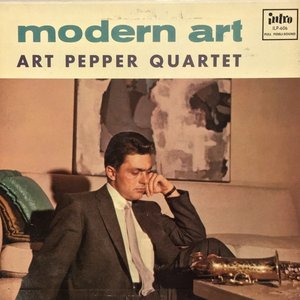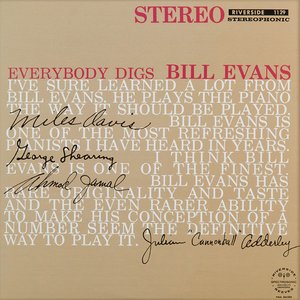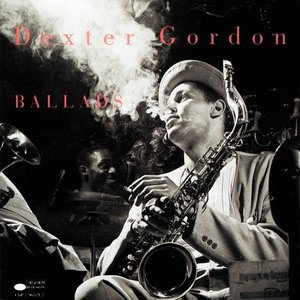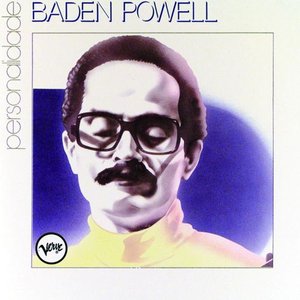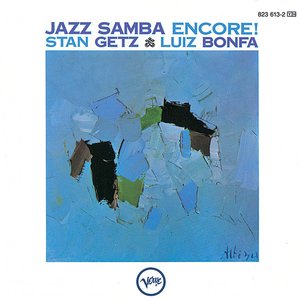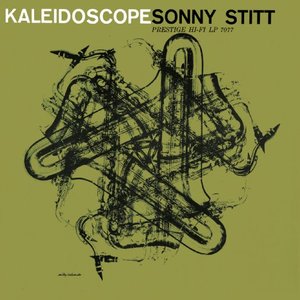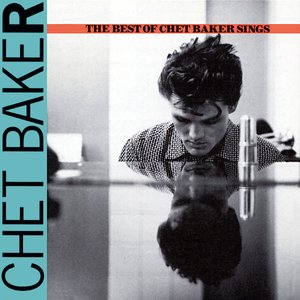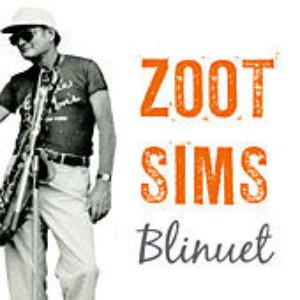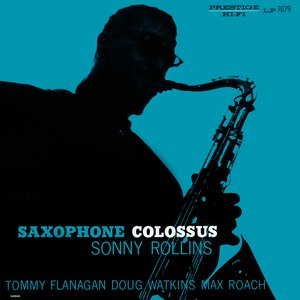Wiki
-
Release Date
1 January 1963
-
Length
8 tracks
Getz/Gilberto is a jazz and bossa nova album by American saxophonist Stan Getz and Brazilian guitarist João Gilberto, featuring pianist and composer Antônio Carlos Jobim, who also composed many of the tracks. It was released in March 1964 by Verve Records. The album features the vocals of Astrud Gilberto on two tracks, "The Girl from Ipanema" and "Corcovado". The artwork was done by artist Olga Albizu.
Getz/Gilberto is considered the record that popularised bossa nova worldwide and was one of the best-selling jazz albums of all time, over a million copies. It was included in Rolling Stone's and Vibe's lists of best albums of all time.
Getz/Gilberto was widely acclaimed by music critics, who praised Gilberto's vocals and the album's bossa nova groove and minimalism. Getz/Gilberto received Grammy Awards for Best Jazz Instrumental Album, Individual or Group and Best Engineered Recording - Non-Classical; it also became the first non-American album to win Album of the Year, in 1965.
Background
Bossa nova rhythm
Bossa nova was introduced in 1958, with the song "Chega de Saudade" ("No More Blues"), sung by Elizeth Cardoso on her album Canção do Amor Demais. Arranged by Jobim and Gilberto, with lyrics by Vinícius de Moraes, the song received both praise and criticism for rhythmic and harmonic elements that were uncommon for samba. Gilberto played acoustic guitar on another track, "Outra Vez", composed by Jobim. A few months later, Gilberto recorded his first single, "Chega de Saudade"/"Bim-Bom", the latter his composition. The single helped define música popular brasileira. This would lead to his debut album, Chega de Saudade (1959).
Jazz was suffering a commercial and artistic crisis due to the popularity of rock and roll. In 1961, Tony Bennett made a trip to Brazil with bassist Don Payne, and both became familiar with modern Brazilian popular music. Payne took numerous Brazilian records when he returned to United States; he then showed them to his friend and neighbor Stan Getz. Getz was excited about the sound of bossa nova and released two albums: Jazz Samba and Big Band Bossa Nova, both in 1962. Bossa nova became so popular that the title Big Band Bossa Nova was used for three other 1962 albums: by Quincy Jones, Oscar Castro-Neves, and Enoch Light.
Jazz Samba with Charlie Byrd sold a million copies and received positive reviews in United States. However, the record labels' rush to exploit the new Brazilian sound led to musicians introducing errors in melody and harmony in the music. For example, the sheet music of "Desafinado" as published in The New Real Book (1995)—a compilation of jazz and bossa nova songs—is the Charlie Byrd version from Jazz Samba, which contains many errors. There was a third Getz release, Jazz Samba Encore!, featuring Brazilian singer and guitarist Luiz Bonfá. The album sold well, but the "trilogy" did not satisfy the producers commercially to compete with Elvis Presley, Bobby Darin, Pat Boone, and Henry Mancini.
On November 21, 1962, the first North American concert of Bossa Nova – the New Brazilian Jazz – was presented at Carnegie Hall by João Gilberto, Tom Jobim, Bonfá, Roberto Menescal and Sérgio Mendes among others. According to critic Liliana Harb Bollos, the goal of this concert was to "spread música popular brasileira in the capital of jazz". By this time bossa nova had declined in Brazil, but continued to enjoy popularity in other countries. After the Carnegie Hall concert, record producer Creed Taylor wanted Jobim and Gilberto to meet Getz for an "historical documentation" of the genre's style. This happened in 1963 with Getz/Gilberto, released five years after the birth of bossa nova in Brazil.
Artwork
The artwork featured on the cover of the album is the work of Puerto Rican artist Olga Albizu. An abstract expressionist plastic artist, she also designed the covers of several other bossa nova albums by Getz.
Album descriptions on Last.fm are editable by everyone. Feel free to contribute!
All user-contributed text on this page is available under the Creative Commons Attribution-ShareAlike License; additional terms may apply.

